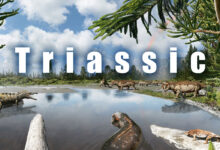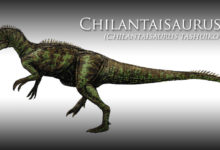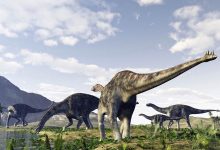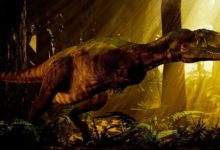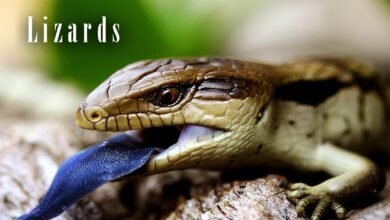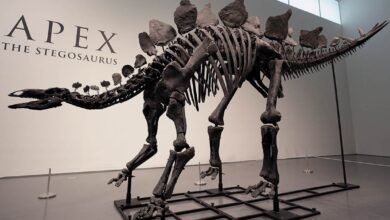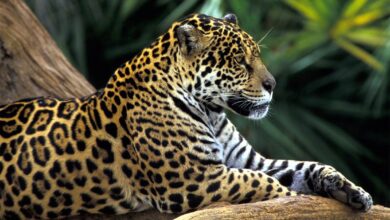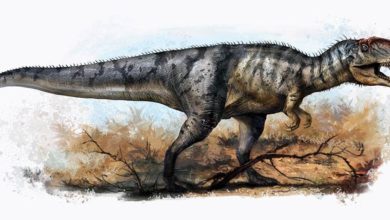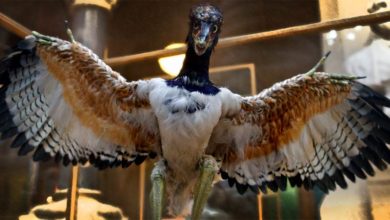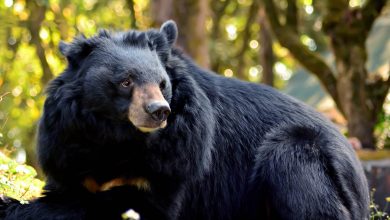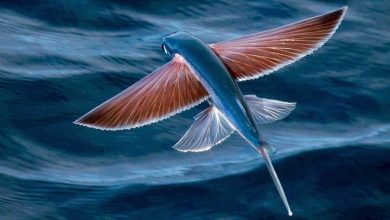The Most Unique Dinosaurs Discovered by Scientists
The Most Unique Dinosaurs Discovered by Scientists
The age of dinosaurs has been one of the most exciting periods ever studied. This is because discoveries are made periodically. Each of these findings adds new context to what we already know about this currently extinct species. They also help to reshape our understanding of life on Earth. We gain a glimpse of nature’s ingenuity.
They also help us understand the struggles they faced during their own time. Recent dinosaur discoveries have revealed unanticipated attributes that have complicated what we thought we already knew. In this article, we will explore a few of the most peculiar dinosaurs revealed to us by scientists and their insights into adaptation and survival.
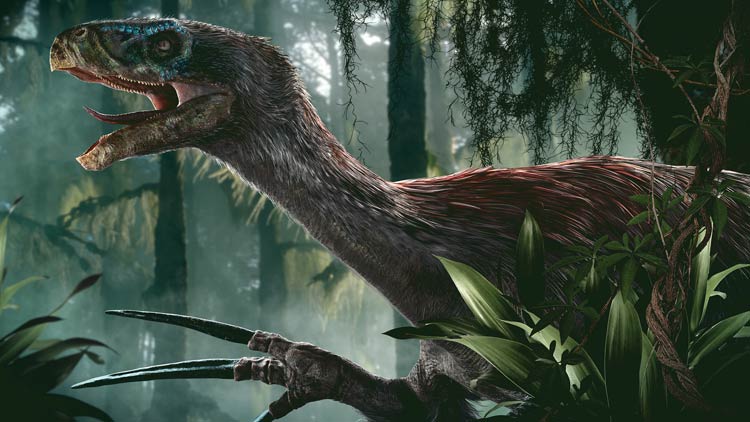
Therizinosaurus: The Giant of Scythe-like Claws
This creature was first discovered in 1948 in Mongolia by Soviet paleontologists. The discovery started with sightings of enormous claw fragments. Scientists thought they came from some giant turtle. Others assumed it was from a marine reptile.
Those long claws measure up to 50 centimeters each. They were among the most extended claws of any land animal known. One will doubtlessly suppose that they will belong to a fierce-looking predator. Nevertheless, Therizinosaurus was a vegetarian. Its skull was small, its teeth were shaped for plants. It possessed a large gut body that was adapted to eating hard foliage.
The most crucial point here is that one should not judge a book by its cover. What might appear horrible or disorienting can even be innocent or tender. In the same way, independent bingo site listings for UK non-GamStop players help reveal that behind the surface, many platforms are well-organized, transparent, and designed for genuine enjoyment. They offer structure, variety, and real entertainment for those who take the time to explore them.
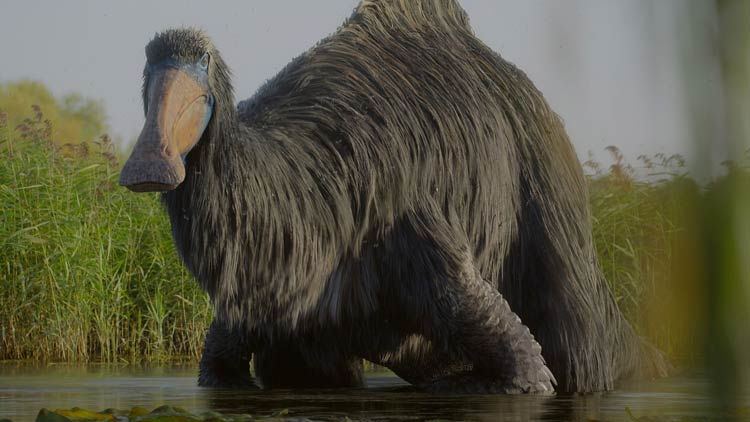
Deinocheirus: The Puzzle of the Huge Arms
The only known parts of Deinocheirus before 1965 were a pair of gigantic arms discovered in Mongolia. This has remained a puzzling observation in the minds of many scientists. The arms suggested a giant and fearsome predator.
However, in recent times, more complete remains have been excavated. These discoveries revealed a very different animal. The Deinocheirus was an animal with a broad and duck-like snout. It had a deep jaw and a large pot belly. The dinosaur was humped with its tall neural spines.
The entire skeleton indicated that it was a heavy, sluggish herbivore that browsed plants and those of small animals. It used gastroliths to facilitate grinding food. That unpleasant surprise again reminds us that things are not always as they seem.
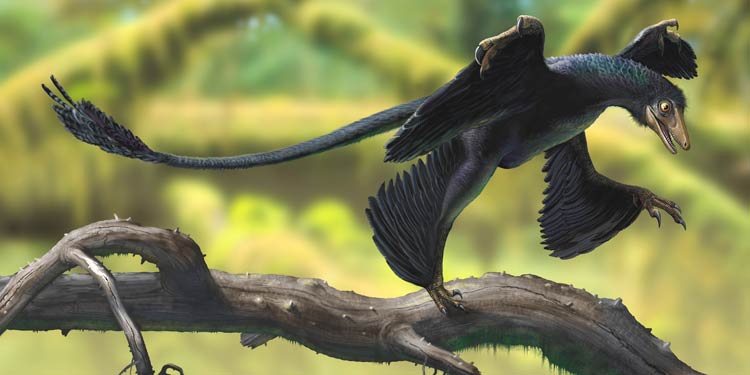
Microraptor: The Glider with four wings
Microraptor was a small dinosaur that looked like a bird. It lived in the Early Cretaceous in China. This discovery helped reshape the perception of the evolution of flight. Its forelimbs have long pennaceous feathers divided into groups according to the bones of the forelimb, including those of the hind limb. This formed a good shape with four wings, which may be helpful in gliding or brief cases of power-assisted flapping.
Model tests and aerodynamic studies support the view that Microraptor could glide effectively. Its anatomy suggests feathers first served multiple roles before being adapted for flight. The Microraptor had both avian and reptilian characteristics.
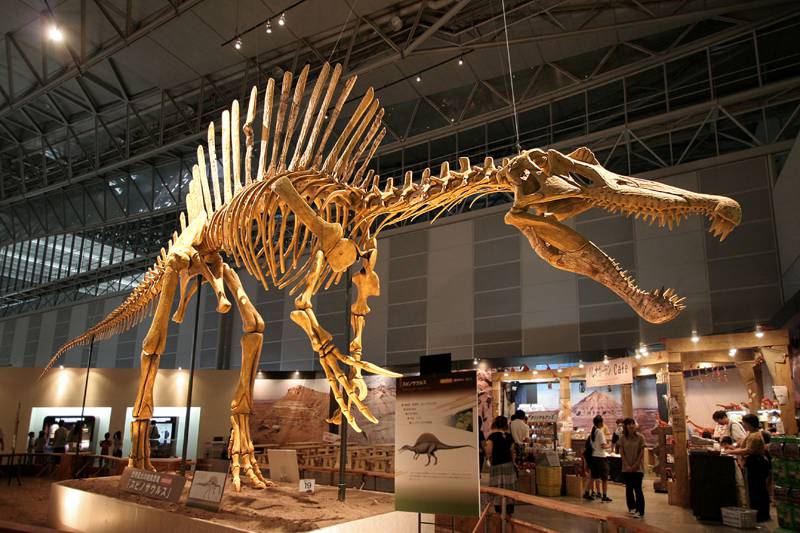
Spinosaurus: The Half Fish Prey
Spinosaurus also revolutionized the way scientists view the large aquatic predators. Fossils discovered in North Africa revealed that the snout was long and narrow, similar to those of modern-day crocodiles. Its teeth are conical and are very well-suited for collecting fish. It also had tall neural spines that formed a sail-like structure on its back. There are other notable features, such as dense bones and paddle-like feet.
Early work argued that its features indicated a semiaquatic lifestyle. Later studies added evidence that its tail could produce powerful thrust in water. This supports its ability to swim actively. These conclusions are still under debate among researchers and are being further examined through additional simulations to reach a definitive conclusion.
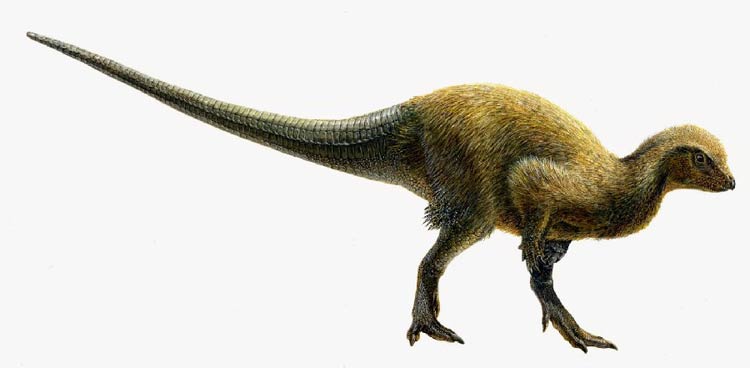
Kulindadromeus: Feathers Of the Least Expectation
This was found in Kulinda, Siberia and reported in 2014. Kulindadromeus was a little herbivorous dinosaur. Its length was around one meter. This dinosaur possesses both scales and filamentous feathers. It helped to learn more about dinosaur feathers and skin.
Fossils reveal single filaments on the head and torso. There were also more complex, branched plumes on the arms and legs.
Conclusion
Each of these dinosaurs confirms that science thrives on curiosity and astonishment. They have taught us that learning cannot stay the same as new proofs are presented. The discovery and adaptation bring enjoyment to every new journey, whether in the science or entertainment industry.


